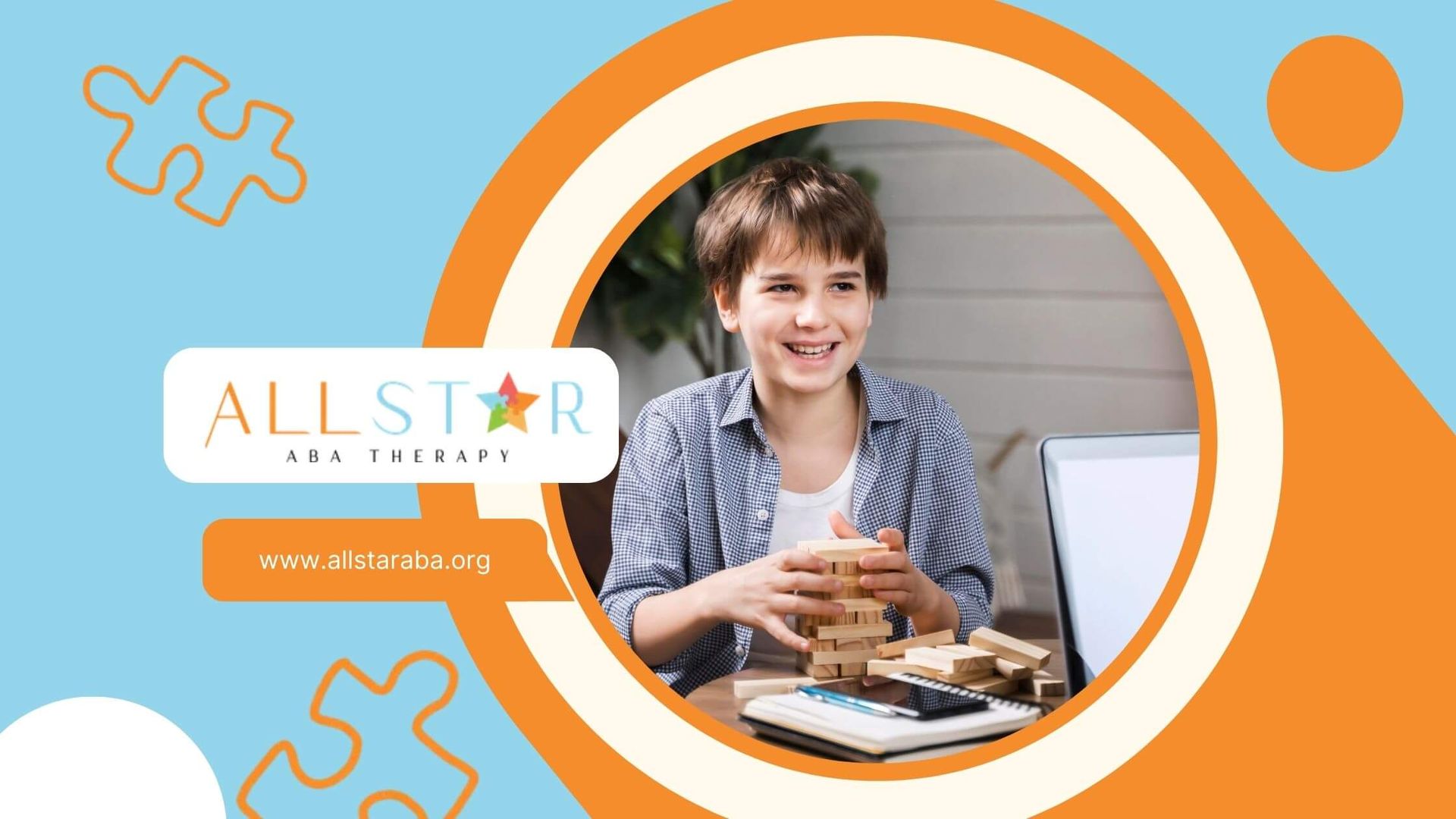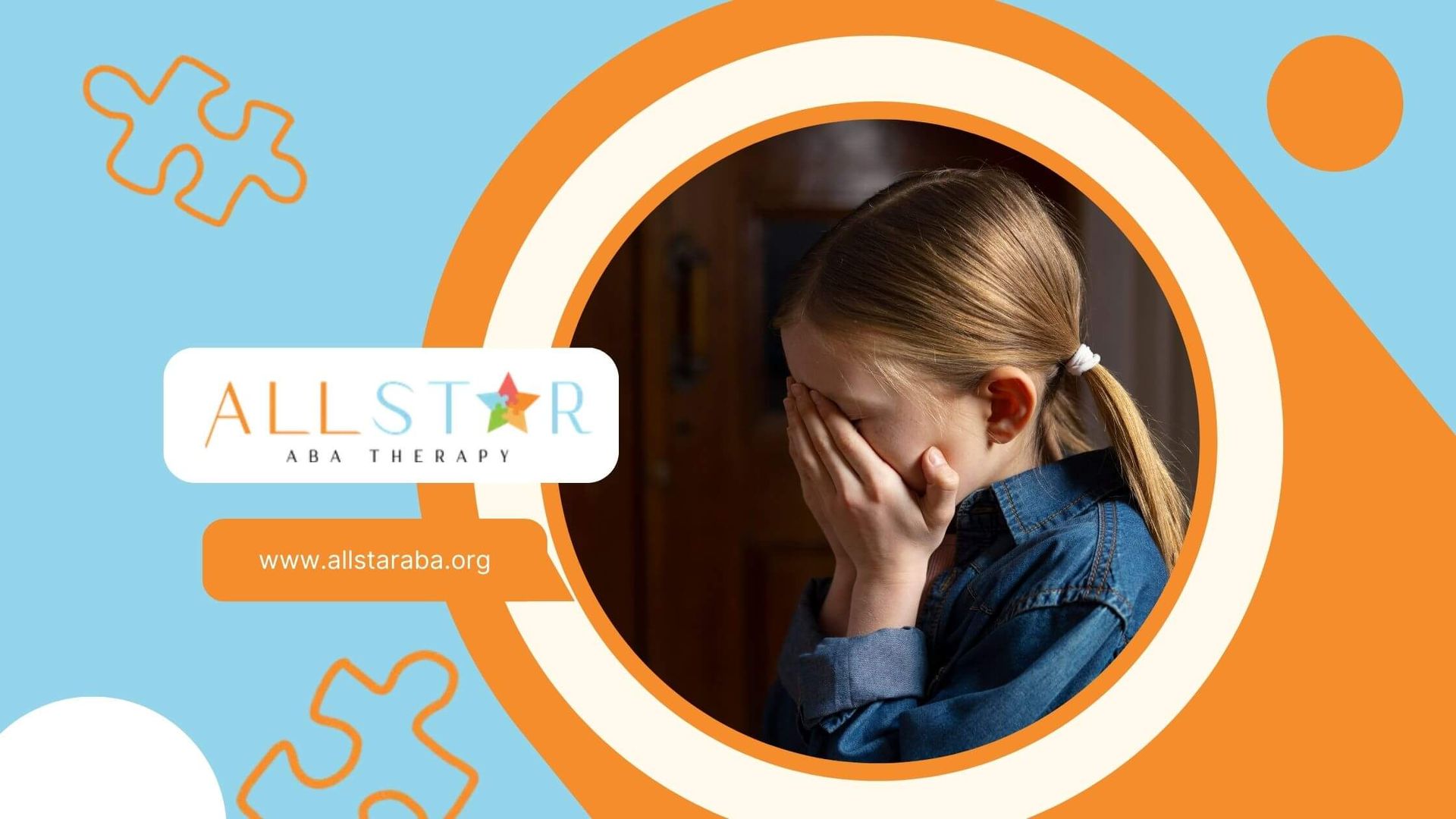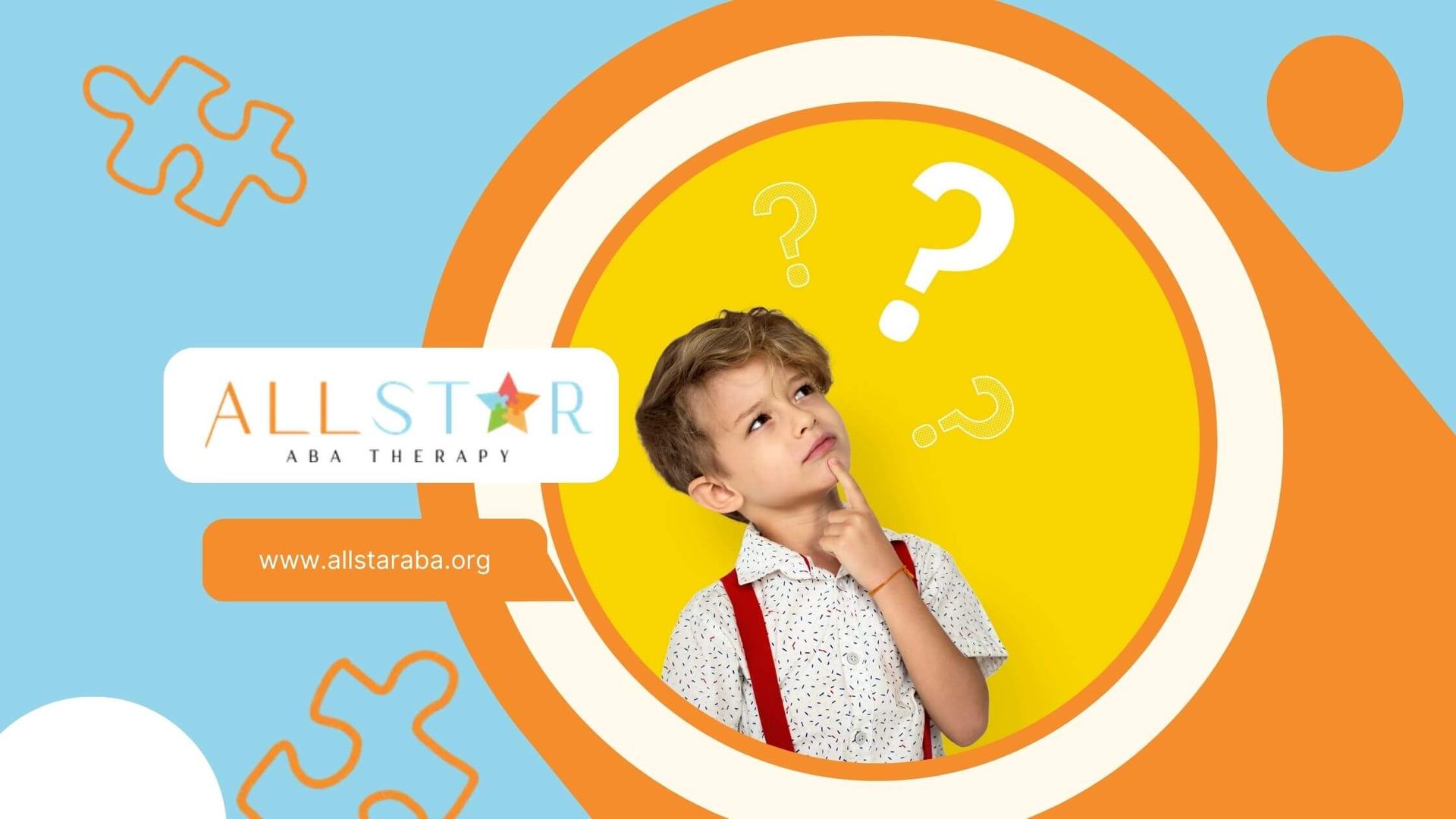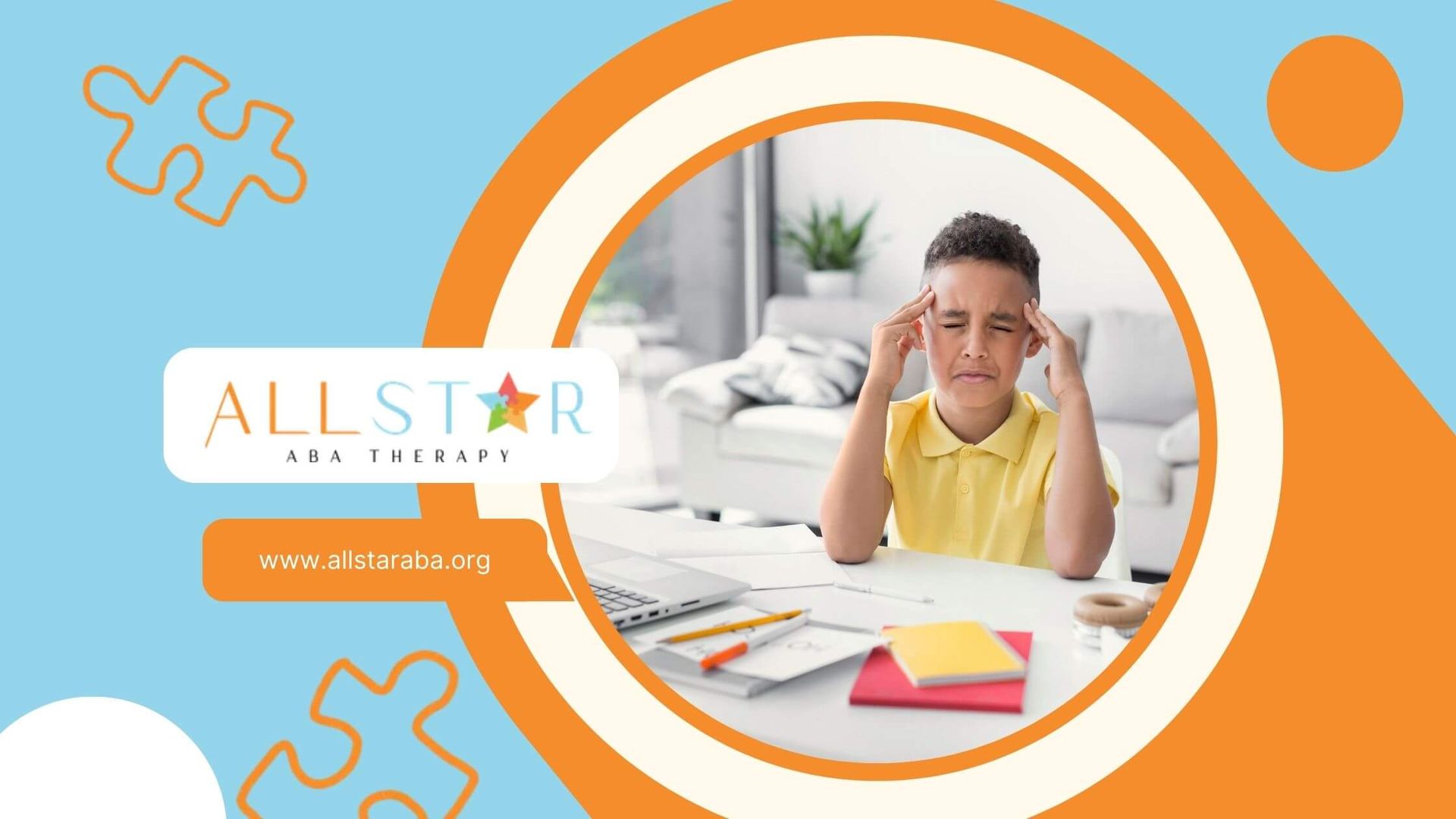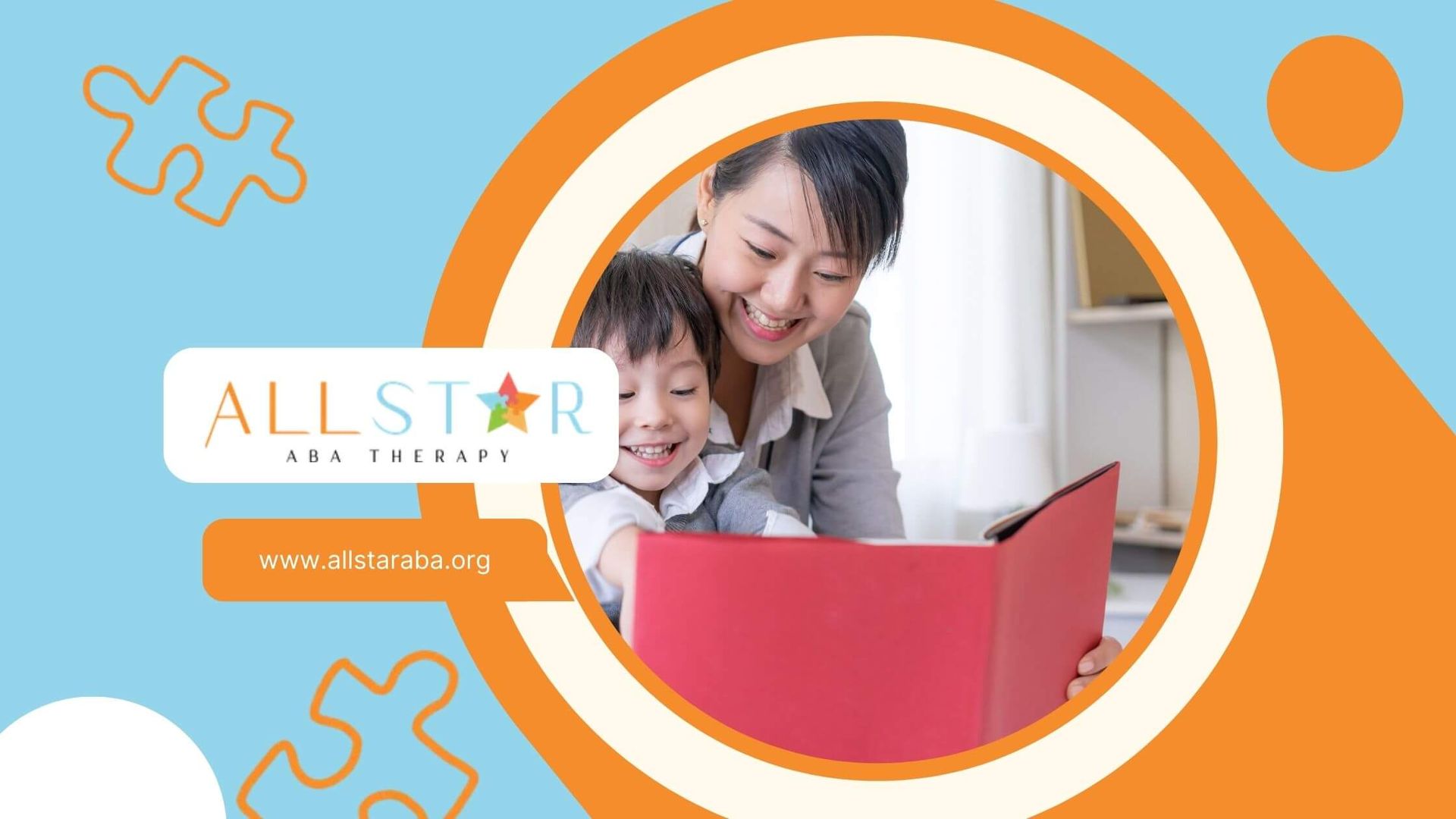New Paragraph
How Does ABA Teach Potty Training? Unlock Expert Insights
Potty training can be hard for kids, especially those with autism spectrum disorder. Unlike kids who do not have autism, these children often need special methods to learn this important skill.
This is where Applied Behavior Analysis (ABA) therapy helps. ABA uses clear steps, routines, and positive reinforcement to create a good learning experience just for each child. This article looks at how ABA therapy helps with potty training for kids on the autism spectrum.
Introduction to ABA and Its Role in Potty Training
ABA is a research-based way to teach important life skills. This approach helps individuals with developmental challenges, like children on the autism spectrum. It breaks tasks into smaller, manageable steps and uses rewards to create a positive learning experience. Potty training can feel overwhelming for parents, but using ABA techniques can make it easier.
ABA helps with potty training not just by teaching how to use the toilet, but also by tracking your child’s progress. It helps in figuring out when your child is ready and in keeping a consistent routine. Therapists use prompts, check data, and provide specific rewards to assist children reach this important goal.
Through ABA therapy, parents and caregivers can support their child’s growth while promoting independence. This proven method helps children with autism tackle potty training confidently and successfully.
Benefits of ABA in Teaching Daily Skills
ABA therapy makes learning easier and more effective. It breaks down difficult tasks into smaller, doable steps. This is especially helpful for teaching necessary life skills like potty training.
For kids on the autism spectrum, ABA provides a special method that fits their needs. It emphasizes consistency, builds routines, and rewards successful attempts with praise or treats. This method helps children feel confident and create good feelings about learning new skills.
ABA therapy focuses on daily habits and goes beyond just potty training. It helps children become more independent. They get key tools to learn daily skills in a way that is planned but flexible. With expert-guided ABA methods, children can find long-lasting success in their potty training journey and other skills.
Determining Readiness for Potty Training
Recognizing when your child is ready for potty training is the first step in creating a good toilet training process for kids with autism. Physical, behavioral, and emotional signs are very important in deciding if your child is ready for this step.
Parents should look for signs like having control over their bladder, showing interest in the toilet, and being able to follow simple instructions. ABA therapy offers helpful ways to check readiness and makes sure your child is prepared for successful attempts. In the next parts, we will talk about specific signs of readiness to help guide your approach.
Signs of Physical Readiness in Children with Autism
Physical readiness is very important for toilet training. There are signs that show when a child is ready. These include being able to control bowel movements, staying dry for longer times, and knowing when they need to go.
For instance, kids may pause their play or look uncomfortable when they need the bathroom. Being able to walk to the potty and manage their clothes shows they are ready too. Communication skills, like talking or using gestures, are also important signs. If they are curious about the toilet, like watching family during bathroom breaks, this can help make potty training easier.
ABA techniques can assist parents in spotting these signs and getting ready for the potty training process. When physical readiness matches emotional and behavioral signs, it sets a solid stage for successful potty training outcomes.
Emotional and Cognitive Signs to Look For
Understanding emotional and mental readiness is just as important as noticing physical milestones. Children on the autism spectrum can show their readiness through their growing independence and their interest in trying new routines.
Signs like feeling uncomfortable with dirty diapers and wanting to be clean are important emotional hints. When a child can follow multi-step instructions, this shows they are ready for the potty training process. Social skills, like watching others and understanding what is expected about toileting, also show they are ready to take the next step.
ABA therapy focuses on these cues. It uses methods like verbal praise and reinforcement to connect emotionally with the learner. With the right approach, parents can help kids feel good while achieving successful toilet training practices.
Essential Preparations for Potty Training
Preparation is important for a successful potty training journey, especially for children with autism. It's key to gather the right materials and resources that match your child’s needs. ABA therapists often suggest using visual aids, timers, and positive reinforcement items to help with learning.
Creating a comfortable environment is also important. This helps your child feel at ease and more motivated. When a parent is well-prepared and uses effective ABA techniques, it makes potty training easier and more rewarding. Let’s explore these important steps further.
Gathering Necessary Materials and Resources
Having the right tools is very important when starting toilet training with ABA methods. Choose items that fit your child’s needs to make it effective and fun.
- Potty chair: Pick one that is the right size and comfortable for your child’s senses.
- Dry clothes and diapers: Keep these handy to deal with accidents easily.
- Visual aids: Use picture exchange communication systems (PECS) to help create clear routines with markers.
- Positive reinforcement: Have rewards like stickers, toys, or praise ready for successful potty training achievements.
- Timers: Use them to create regular bathroom attempts.
With these items, parents can concentrate on using ABA techniques to track their child’s progress. Also, the surroundings are very important for keeping up the potty training efforts.
Setting Up a Conducive Environment
Creating the right environment helps your child succeed in potty training. A well-organized bathroom can reduce discomfort and fear.
Use sensory-friendly settings. This means having stable potty chairs and a calm atmosphere. In ABA therapy, keeping a consistent potty schedule helps children have positive experiences in the bathroom. Giving verbal praise or rewards for sitting on the toilet reinforces their willingness to cooperate.
This setup reduces distractions and allows the child to focus on their potty-training goals. It makes ABA strategies more effective and fun. Now, let’s go through a step-by-step ABA-guided potty training routine.
Step-by-Step Guide to Potty Training Using ABA
ABA therapy helps with potty training by dividing it into clear steps. It uses ABA techniques like setting routines, slowly introducing tasks, and giving positive reinforcement. This way, parents can help their child become more independent.
The method relies on consistency and rewards to build good habits in children with autism. Every stage, from making routines to applying reinforcement methods, has shown to lead to successful attempts. Let’s look at the details of each effective step for potty training.
Step 1: Establishing a Routine
A consistent schedule is important for potty training. ABA therapy focuses on routines that match how your child naturally lives each day. This makes things easier and familiar for them.
Start by finding out when your child usually goes to the bathroom or shows signs of needing to go. For example, having regular bathroom visits after meals or when they wake up can help build good timing. Using positive reinforcement like verbal praise can encourage your child to cooperate. Giving clear instructions will also help establish routines.
These scheduled times create predictable patterns. ABA therapists suggest making small changes over time based on your child’s progress. This establishes a strong base for using more hands-on methods in potty training.
Step 2: Gradual Introduction to the Toilet
A successful toilet training process needs you to slowly help your child get used to the potty. ABA techniques say that taking small steps can help reduce fear and spark interest.
Begin with short times on the toilet. You can make it more fun by using sensory-friendly routines or having their favorite toys close by. As your child feels more comfortable, increase the time they spend sitting. Always reward them for every successful sit.
It's important to guide them step by step. Show how the toilet works or use PECS for helpful pictures. By practicing these steps repeatedly, the bathroom will feel normal for them, making future trips easier. After this phase, focus on encouraging positive behaviors.
Step 3: Positive Reinforcement Techniques
Positive reinforcement is key to potty training in ABA. If parents use the right reinforcement methods, they can encourage their child to pee and poop while making learning fun.
| Reinforcement Strategy | Application Example |
|---|---|
| Verbal Praise | “Great job sitting on the potty!” |
| Stickers and Charts | Add a sticker for each bathroom visit |
| Preferred Toys | Allow playtime after successful attempts |
| Social Recognition | Family celebrates the child’s success |
| Special Treats | Snack rewards for progress |
Choosing the right rewards helps keep your child motivated and links positive feelings with potty training success. These methods make up the basic steps in ABA, leading to great results.
Conclusion
Using ABA for potty training can bring powerful, lasting results—especially when you tailor the approach to your child’s unique needs. With a focus on readiness, routines, and reinforcement, ABA can guide your child to success step by step.
If you’re ready for expert help in your potty training journey or want a personalized ABA therapy plan, we’re here for you. Contact All Star ABA at office@allstaraba.org or call 410-220-5970 to schedule your consultation today. Let’s help your child thrive—one step at a time.
Frequently Asked Questions
At what age should potty training start for children with autism?
Potty training for kids on the autism spectrum is about the child’s individual needs and readiness. This is more important than their age. Signs such as having dry diapers, showing interest in the toilet, and being able to follow instructions usually appear between 2 to 4 years old. However, each child will be ready at their own time.
How can parents effectively implement ABA strategies at home for potty training?
To use ABA strategies effectively at home, parents need to keep routines steady. They should use positive reinforcement for every success and set clear schedules. Gradually, they can increase the time for sitting and use visual aids or prompts to help learning. Being consistent and patient is important for making progress.
Are there specific challenges that parents may face when using ABA for potty training, and how can they overcome them?
Challenges such as resistance, sensitivities to touch, or irregular bowel movements can happen. Parents can handle these issues by slowly introducing toilet training. It helps to use sensory-friendly tools and keep track of patterns through data collection. Support from ABA therapists can also help tackle these specific problems in a good way.
Sources:
- https://www.autismspeaks.org/expert-opinion/seven-toilet-training-tips-help-nonverbal-kids-autism
- https://www.autism.org.uk/advice-and-guidance/topics/behaviour/toileting/parents
- https://www.webmd.com/brain/autism/what-to-know-about-potty-training-children-autism
- https://pmc.ncbi.nlm.nih.gov/articles/PMC3592490/
- https://card.ufl.edu/resources/trainings/spotlights/spotlight-on-potty-training/
Need Support?
We're Here to Help!
Our experienced team is ready to assist you. Reach out today to discuss how we can support your child's development and well-being.
Get started with expert ABA therapy today.



